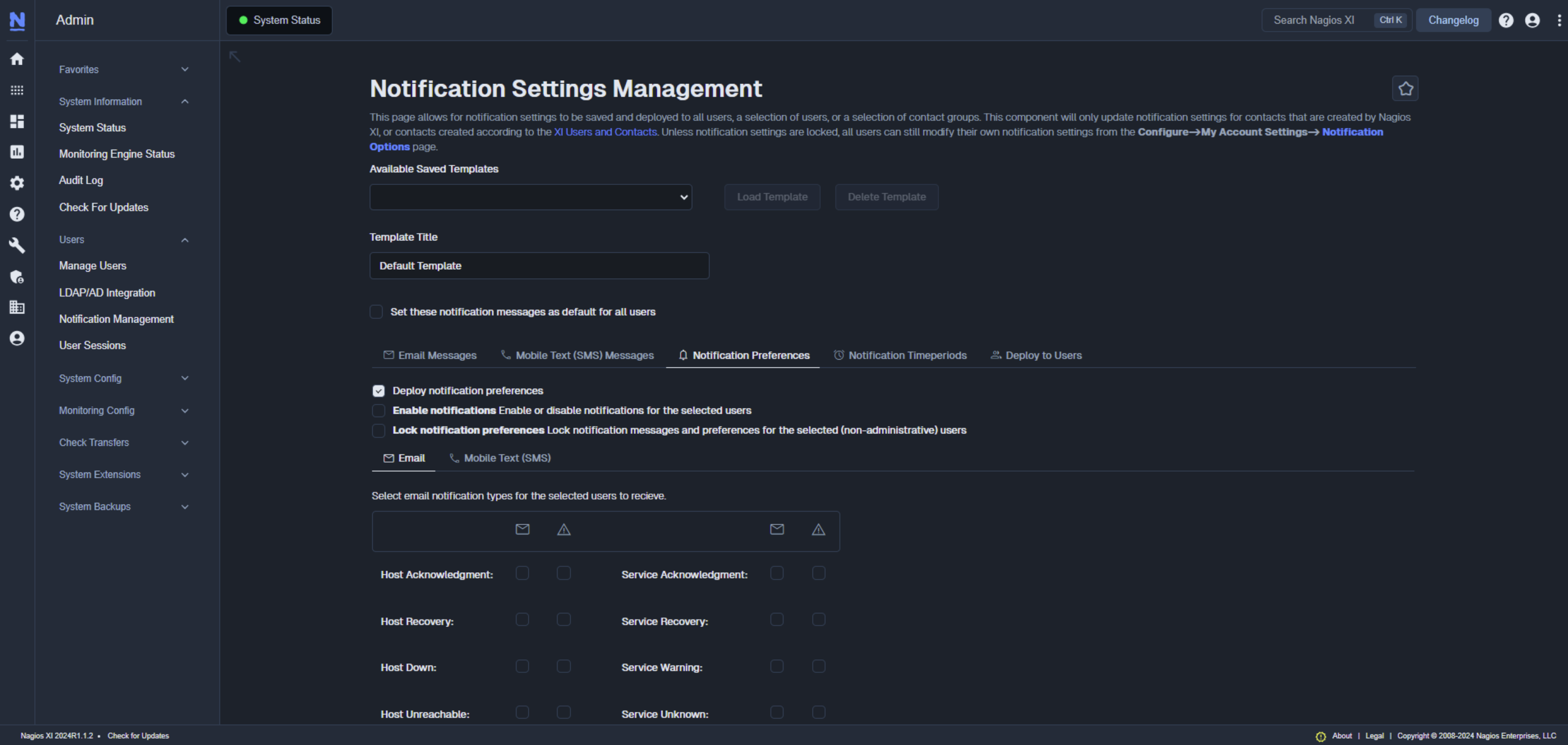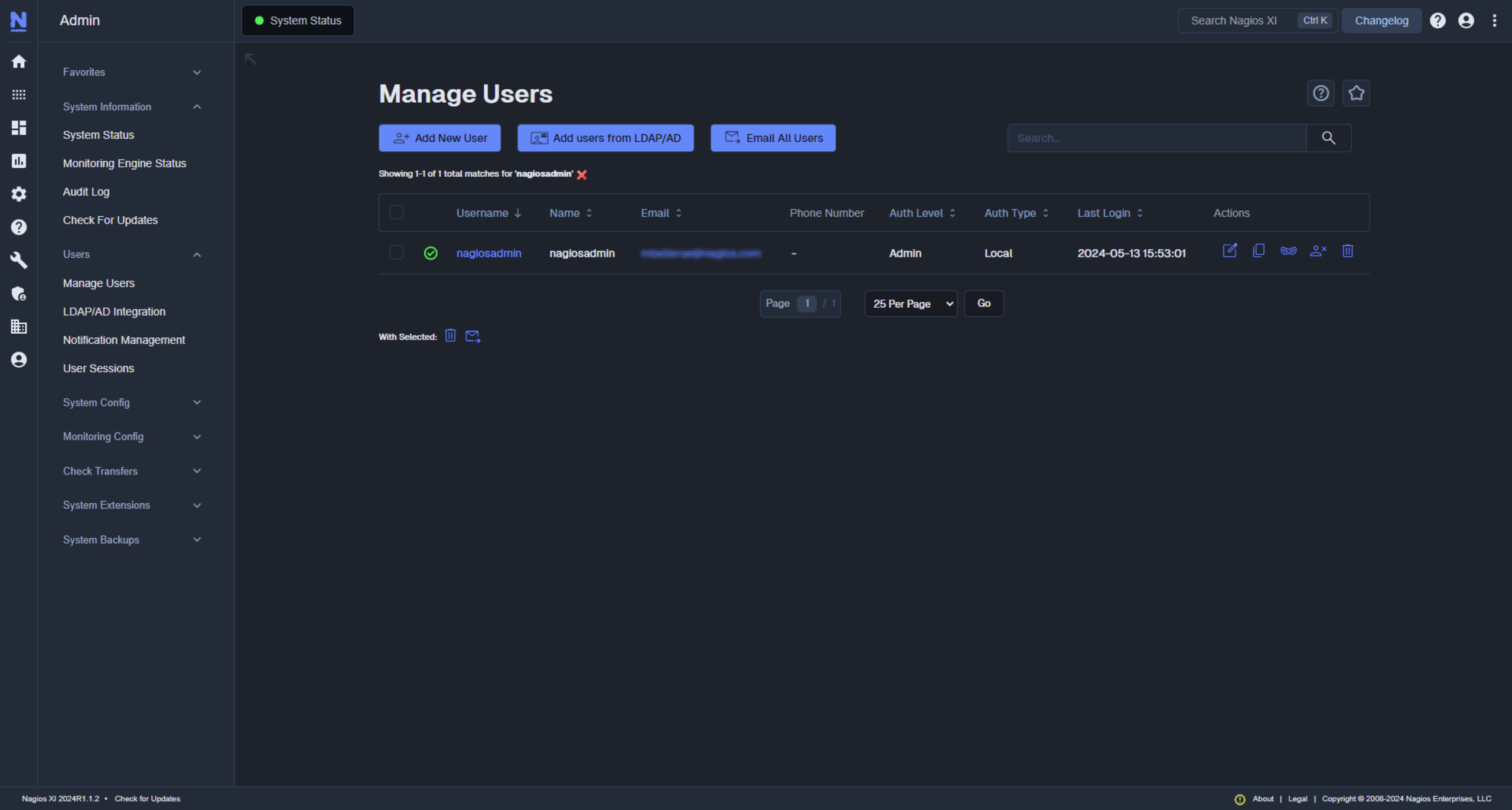
Growing companies need their IT infrastructure monitoring solution to scale with them. When companies reach a growth point where their open-source solution can’t keep pace, they benefit from implementing an enterprise-level IT infrastructure monitoring solution, like Nagios XI.
To get the budget approval needed to upgrade to Nagios XI, system administrators often need to build a case for why they need it. System administrators should keep these tips in mind when selling Nagios XI to their teams.
When building a case for XI in your growing company, make sure to highlight how it can have a positive impact on business factors like productivity, resource allocation, and the implications of downtime.
Companies are more productive when less technical users take over common tasks that free up the system administrator’s time to focus on more business-critical issues that require their level of expertise. XI increases productivity for growing companies because it allows system administrators, who are expensive resources, to delegate common tasks to less technical users with XI’s easy-to-use interface and point-and-click features, such as Configuration Wizards.

XI also significantly lessens the impact of downtime with its monitoring and alerting capabilities, which allow system administrators to set up alerts to notify users of potential issues before a device, server, or network goes down. This proactive alerting helps IT teams address problems before they result in downtime that can impact the organization’s ability to serve its customers.
The flexibility of XI and its ability to quickly monitor commonly used devices are key factors to highlight when selling XI to your team because these features will allow you to future-proof your monitoring.

Companies can’t predict every device, tool, or app they will need to monitor in the future. For this reason, companies need to use IT monitoring software that doesn’t limit the kinds of devices they can monitor. XI is able to monitor just about anything with its built-in Wizards and plugins or custom plugins written by users. XI also supports a wide variety of agent-based and agentless methods and accommodates several architectural approaches.
Another benefit of using XI, an enterprise-level solution with open-source roots, is that the Nagios Community has already done the work to figure out how to monitor thousands of different devices. Nagios took the most commonly monitored of these devices and created 70+ easy-to-use Configuration Wizards in XI that allow companies to configure a new device for monitoring within a matter of minutes. This simplicity will enable members of your team to utilize XI, no matter their experience level.
To build an effective case for XI, you should also demonstrate how executive-level reporting elevates the IT function and equips them with information to fuel critical business discussions.
XI gives executives quick access to consumable data through reports that demonstrate the IT environment’s performance and availability. These reports provide executives with the information needed to guide conversations about the IT roadmap and future investments.

Some reports to highlight for this purpose are the Capacity Planning Report and the SLA Report, both of which are available in the Enterprise Edition of XI. The Capacity Planning Report helps system administrators predict when devices will reach their operating capacity, informing companies when they need to purchase new IT hardware or else risk IT equipment failures. The SLA Report is useful for companies who have SLAs to maintain and need to be able to see if they are meeting their SLA targets. These reports are just two of the many available in XI.
Another key Enterprise Edition feature to bring up is the ability to schedule reports, which enables the IT team to deliver reports straight to an executive’s email on a set schedule. This feature provides value to executives in particular because it keeps them up to date on what’s performing well and what isn’t.
Security is a crucial implication to consider when selling XI to your team. The more data a company has, the more critical it is to invest in strong cybersecurity practices.
Although XI is not a cybersecurity tool, it helps teams improve their cybersecurity by proactively checking for abnormalities and security issues and quickly notifying the right IT team members. The solution’s customizable thresholds and comprehensive monitoring capabilities allow system administrators to define what types of events will trigger alerts. For example, some companies might choose to receive alerts if webpage content is modified or if there is abnormal file or directory behavior based on defined criteria.
With XI being an on-premises solution, it can also meet the security requirements of your organization. Being an on-premises solution means that you control how it’s deployed, and you don’t have to worry about the security pain points that are associated with cloud-deployed solutions. This deployment type also has the advantage of keeping your data private. As an on-premises solution, we don’t collect your data, so your XI implementation and the insights it produces are yours alone.
Another point to bring up is how XI can provide additional insights through integrating with other Nagios solutions. Pairing XI with additional tools like Nagios Log Server and Nagios Network Analyzer further strengthens security monitoring through giving you more insight into potential security threats. With Log Server, you are able to enable checks for log events such as failed logins and code injection attempts, while Network Analyzer allows you to identify any abnormal network activity.

XI’s user management and permissions add an extra layer of security as well because they help system administrators manage the visibility and capabilities of each employee. When a new employee starts, the system administrator can copy the user permission level they’d like the new employee to have and grant those permissions. These multi-tenant views prevent companies from assigning unnecessary administrator access to employees that don’t need it.
Operating out of a single view saves IT teams valuable time toggling between tools and enables the connection of data across products for more effective monitoring, alerting, and reporting.
![Reports - Top 5 Talkers By IP (Last 24 Hours) [Nagios Network Analyzer Integration]](https://www.nagios.com/wp-content/uploads/2024/09/xi_na_top_5_talkers_by_source_ip_no_head-scaled.webp)
XI makes this possible through seamlessly integrating with Log Server and Network Analyzer, functioning as a central monitoring hub to bring together data from the other solutions. With this integration, alerts from Log Server and Network Analyzer get pushed into XI, providing centralized visibility of network, device, and website status data collected by the solutions. As a result, your team can devote more of their time to the tasks that require their attention and expertise instead of spending time checking multiple tools.
If you want to sell executives on implementing Nagios XI in your environment, you need to build a business case that emphasizes the value the solution will bring to your company. You can showcase this value through demonstrating how XI can improve business factors, monitor any device, provide insightful reporting, enhance security, and centralize monitoring information. By touching on these points, you might be well on your way to implementing the industry standard in IT monitoring in your own environment.
If you need further help building a strong case for implementing XI in your IT environment, consider booking a demo today. During a demo, one of our knowledgeable sales technicians will walk you through XI and any other Nagios solutions with a focus on how they can meet your unique requirements. To get the most out of this experience, make sure to invite the other members of your team to join the session so you can understand how implementing XI will impact their work. This session also gives all stakeholders the opportunity to ask the questions they need to in order to fully support implementing this monitoring solution.
Nagios, the Nagios logo, and Nagios graphics are the servicemarks, trademarks, or registered trademarks owned by Nagios Enterprises. All other servicemarks and trademarks are the property of their respective owner. Website Copyright © 2009-2025 Nagios Enterprises, LLC. All rights reserved.